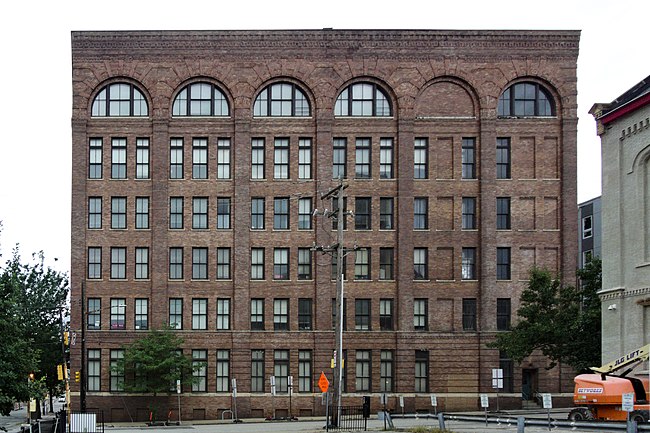
Charles Bickel designed this Romanesque industrial building with considerable inspiration from H. H. Richardson’s Marshall Field’s Wholesale Store in Chicago, which set the pattern for Romanesque industrial buildings for a generation. Bickel’s design is simpler, and by placing the arches at the top he makes the building feel taller (in fact it is shorter by one storey than Richardson’s building was).

The Reymer Brothers were in the candy business, but Pittsburghers remember them best for Reymers’ Blennd, or Lemon Blennd, the deliberately misspelled lemon-and-orange-flavored drink that cooled off generations of children in the summer. The Reymers’ Blennd brand was picked up by Heinz at some point; It seems to have vanished just this year with the demise of its last owner, Byrnes & Kiefer. It is certainly fondly remembered. Here is what claims to be the World’s #1 Lemon Blennd Site, and there are others if you go looking.



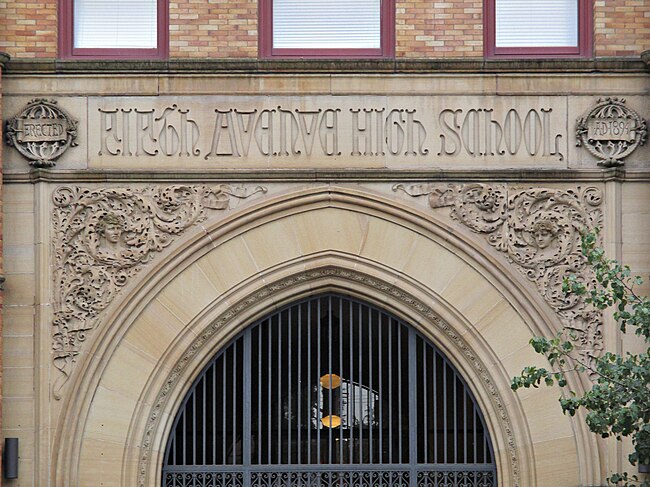



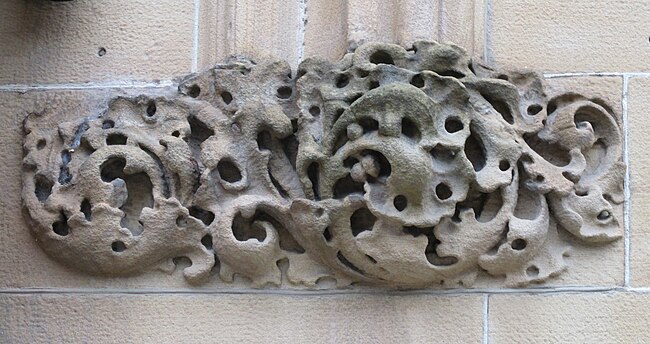
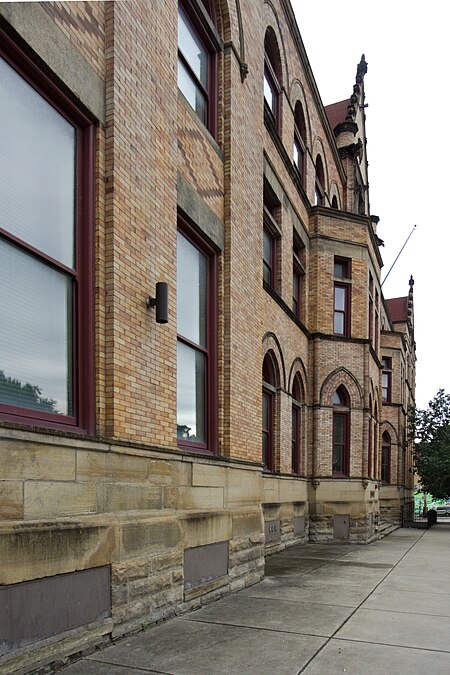

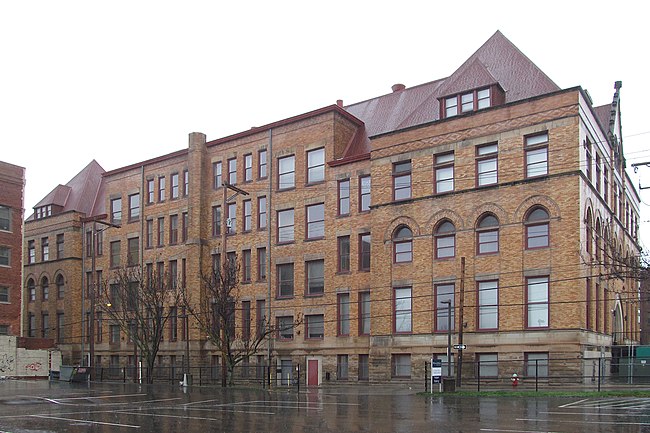



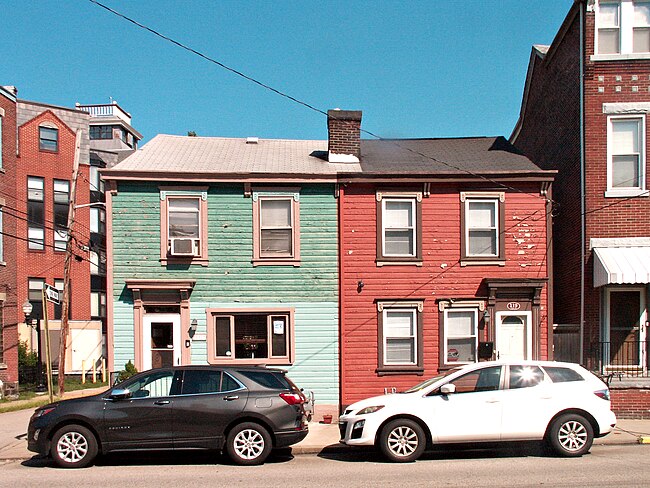








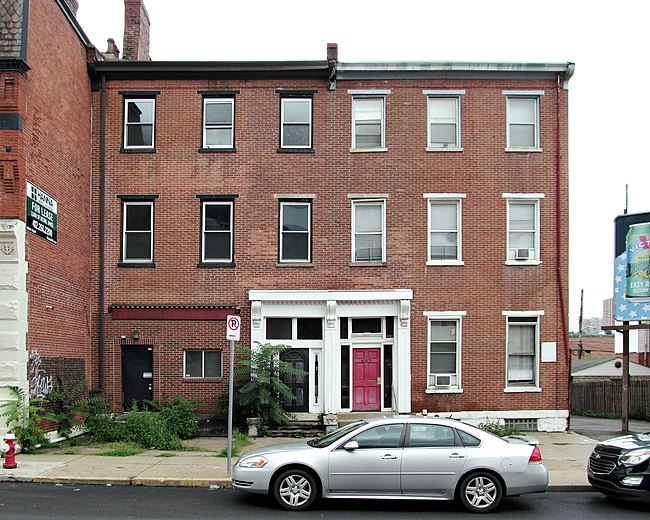


One response